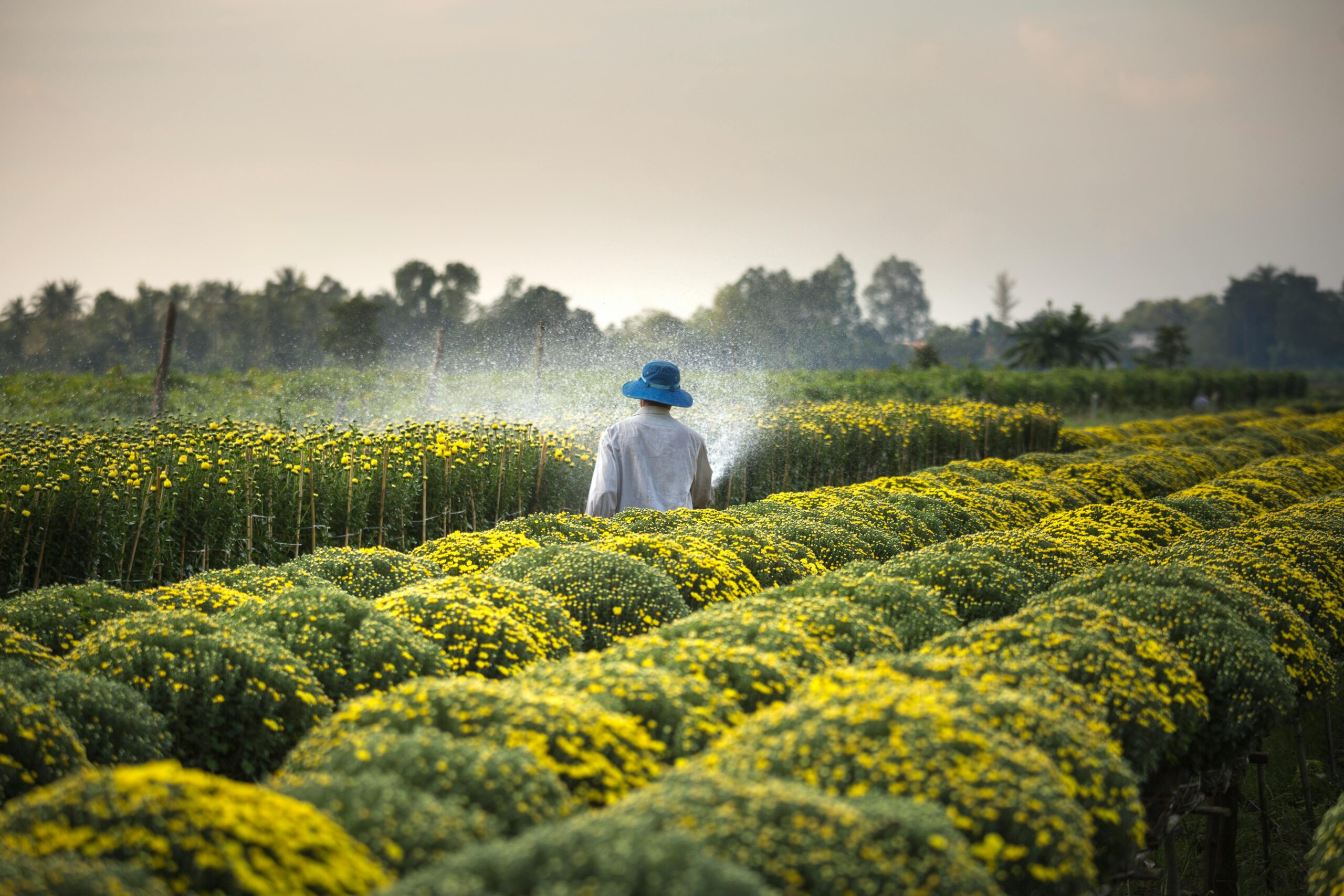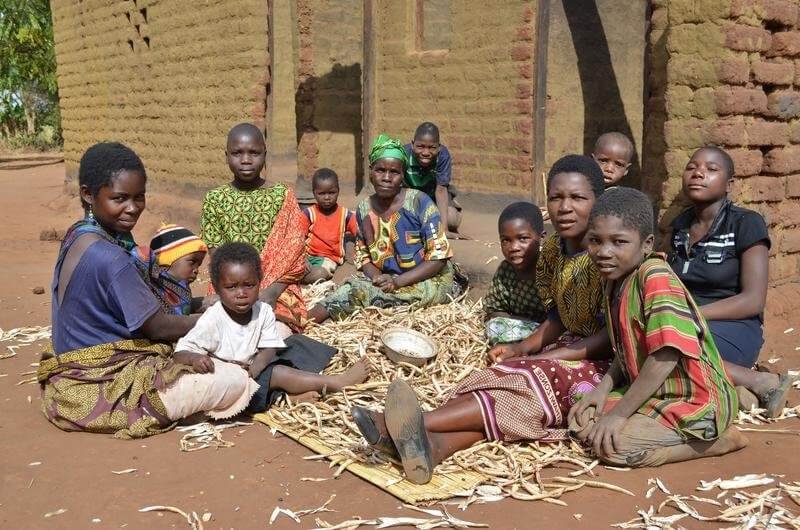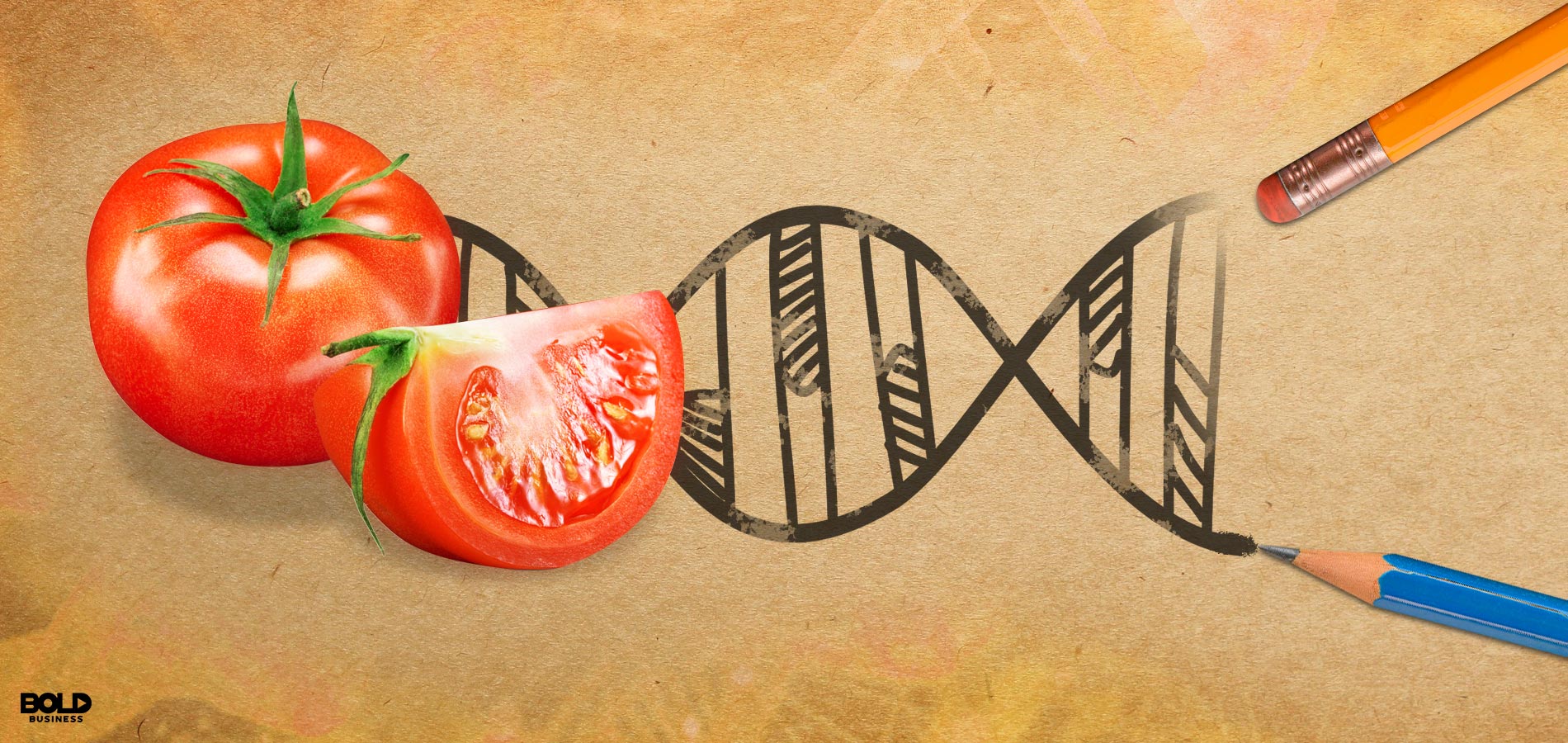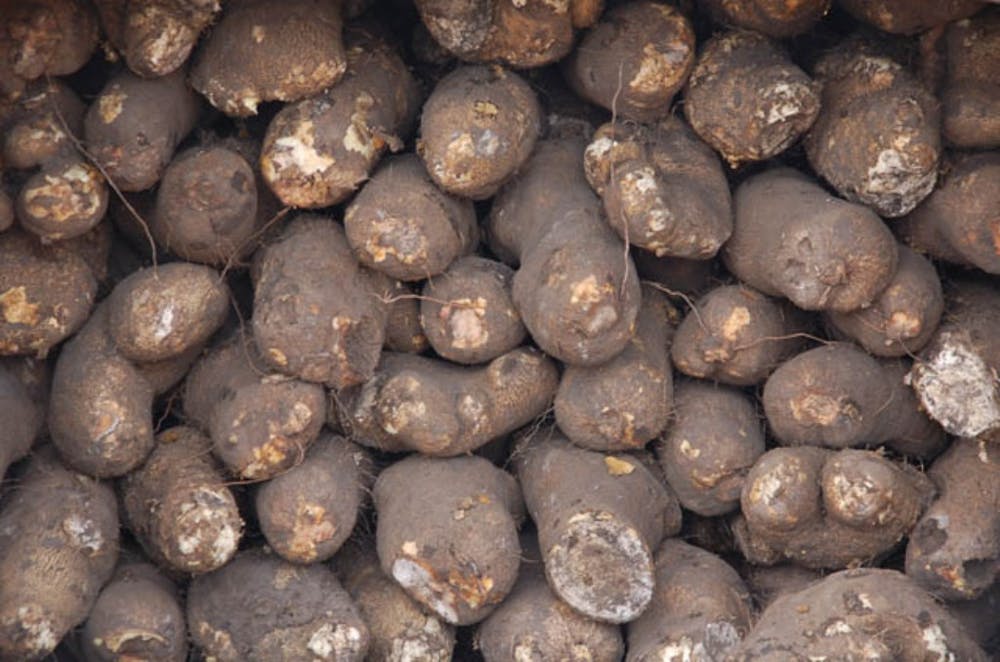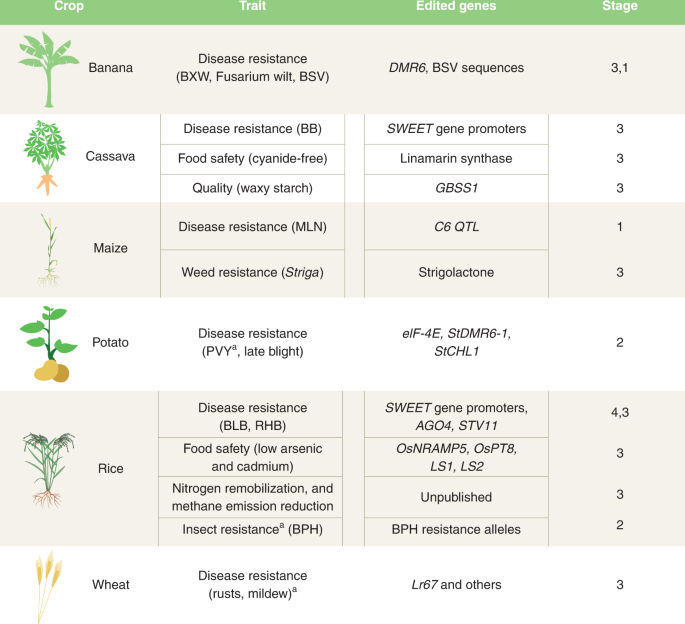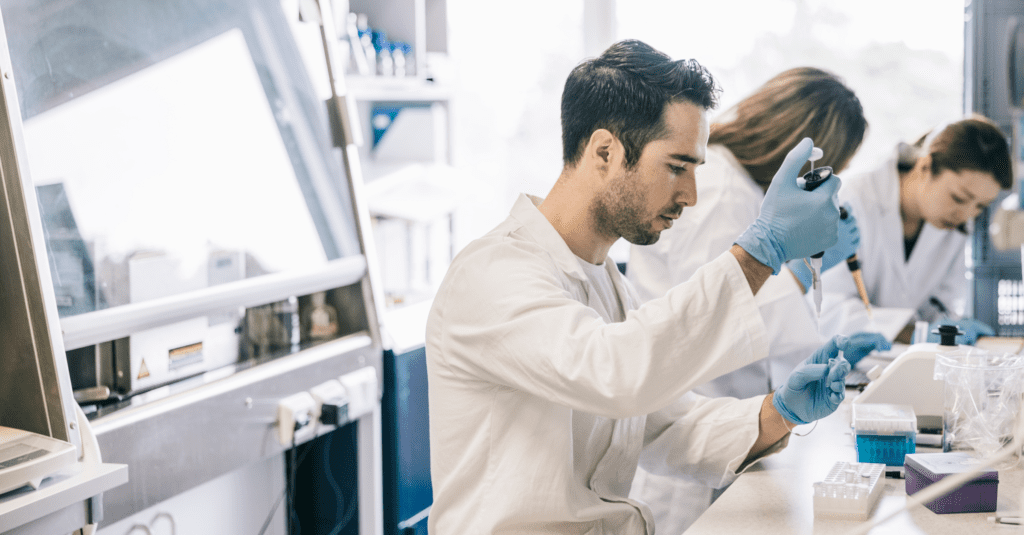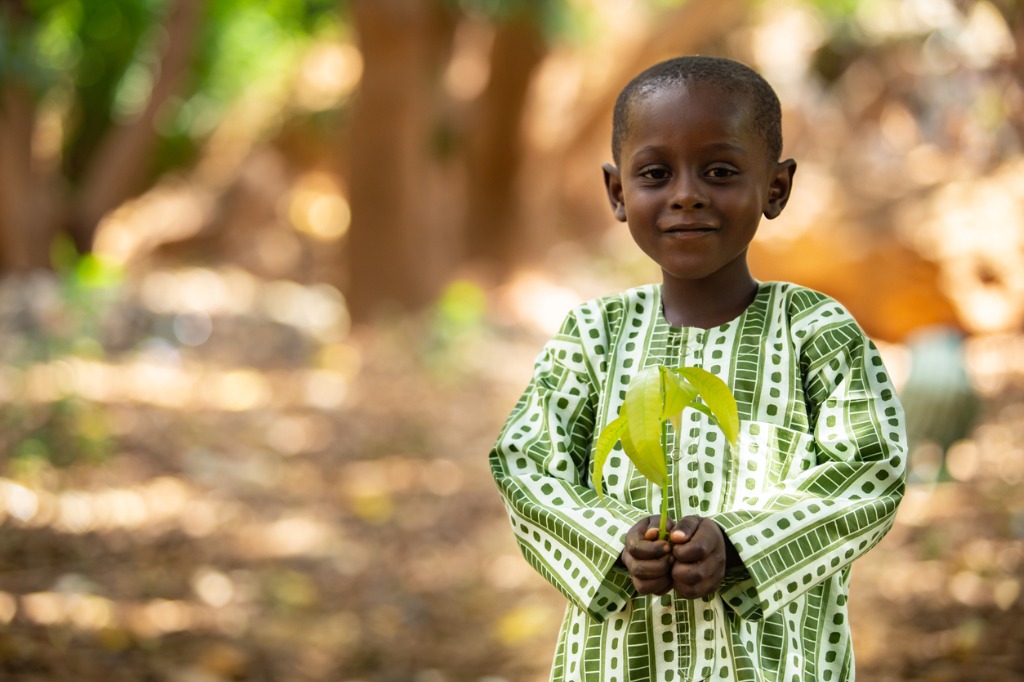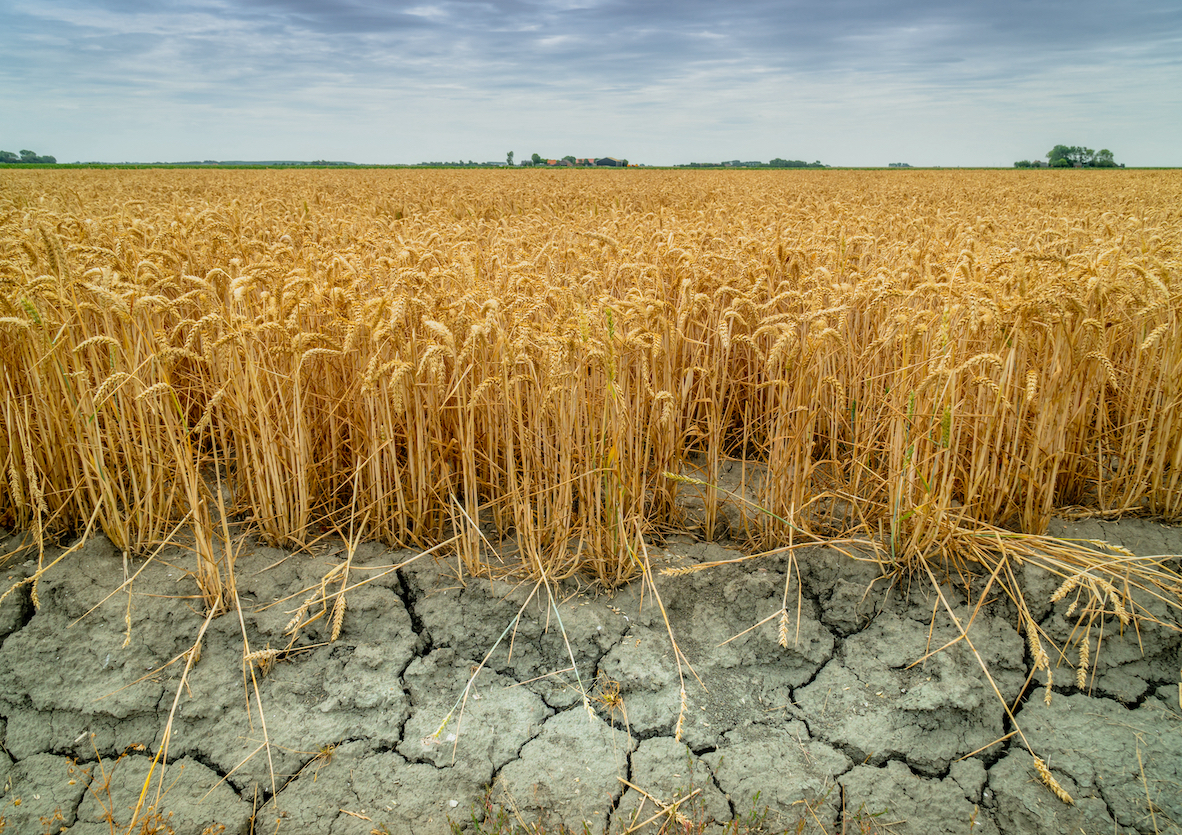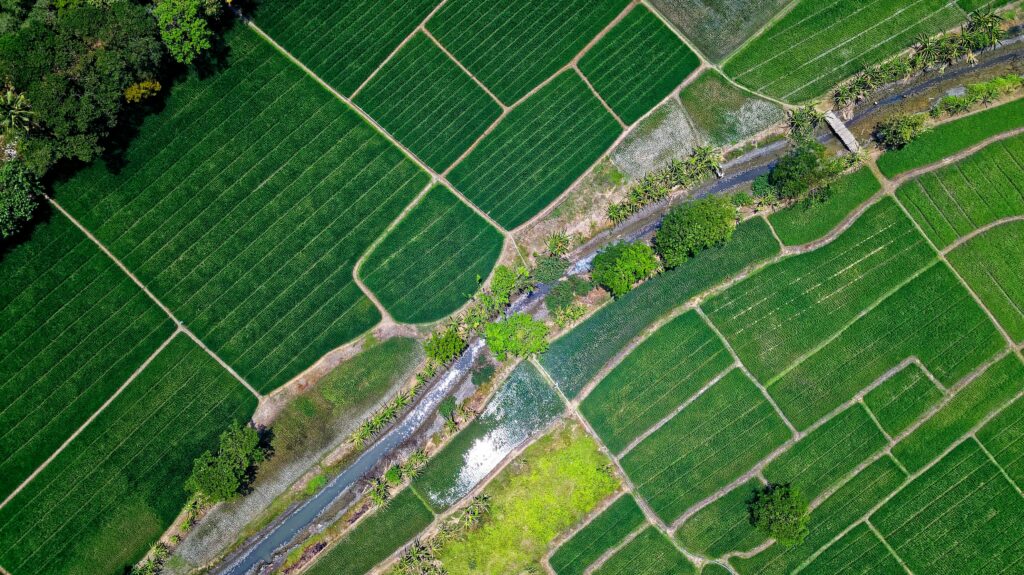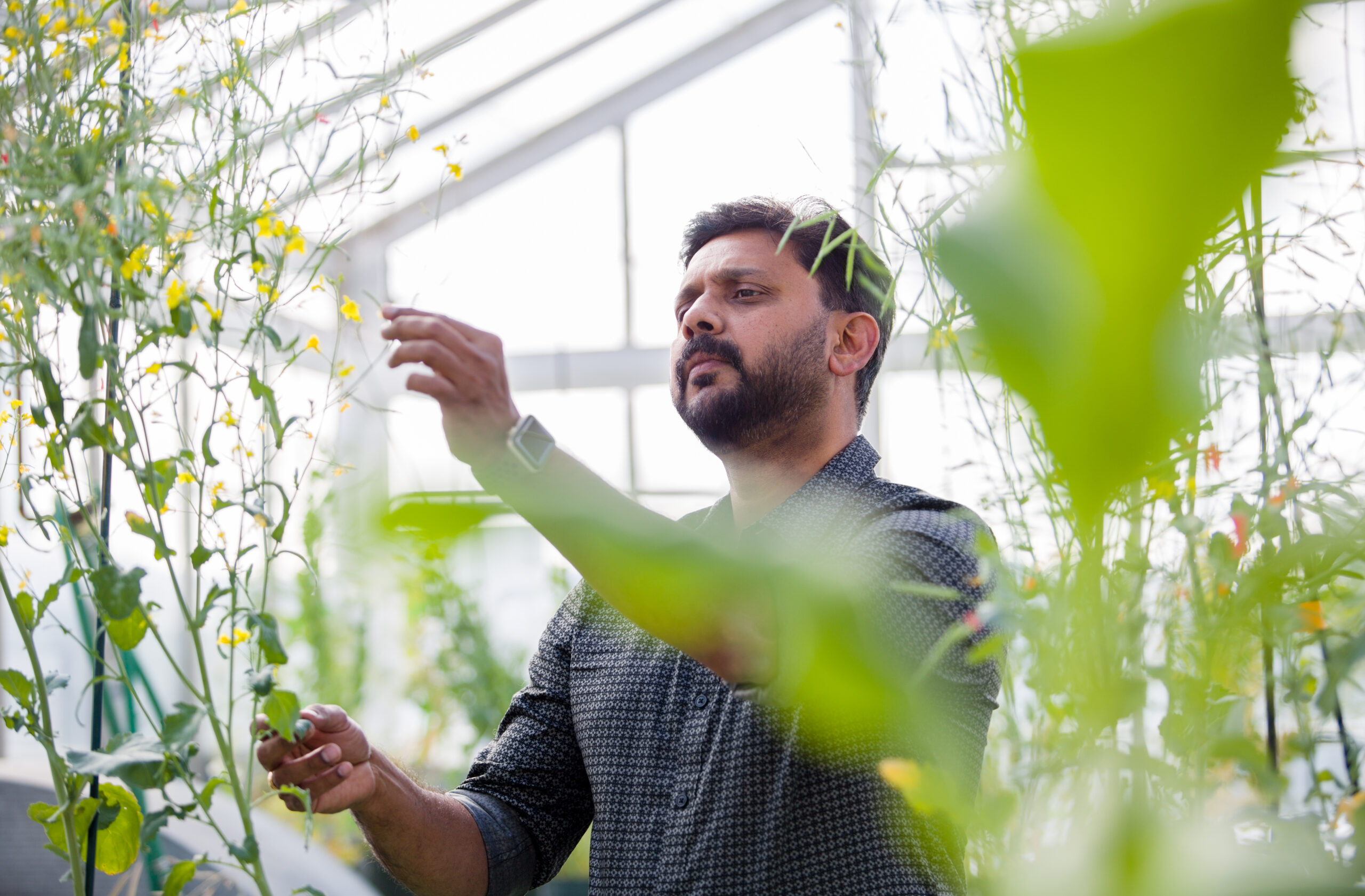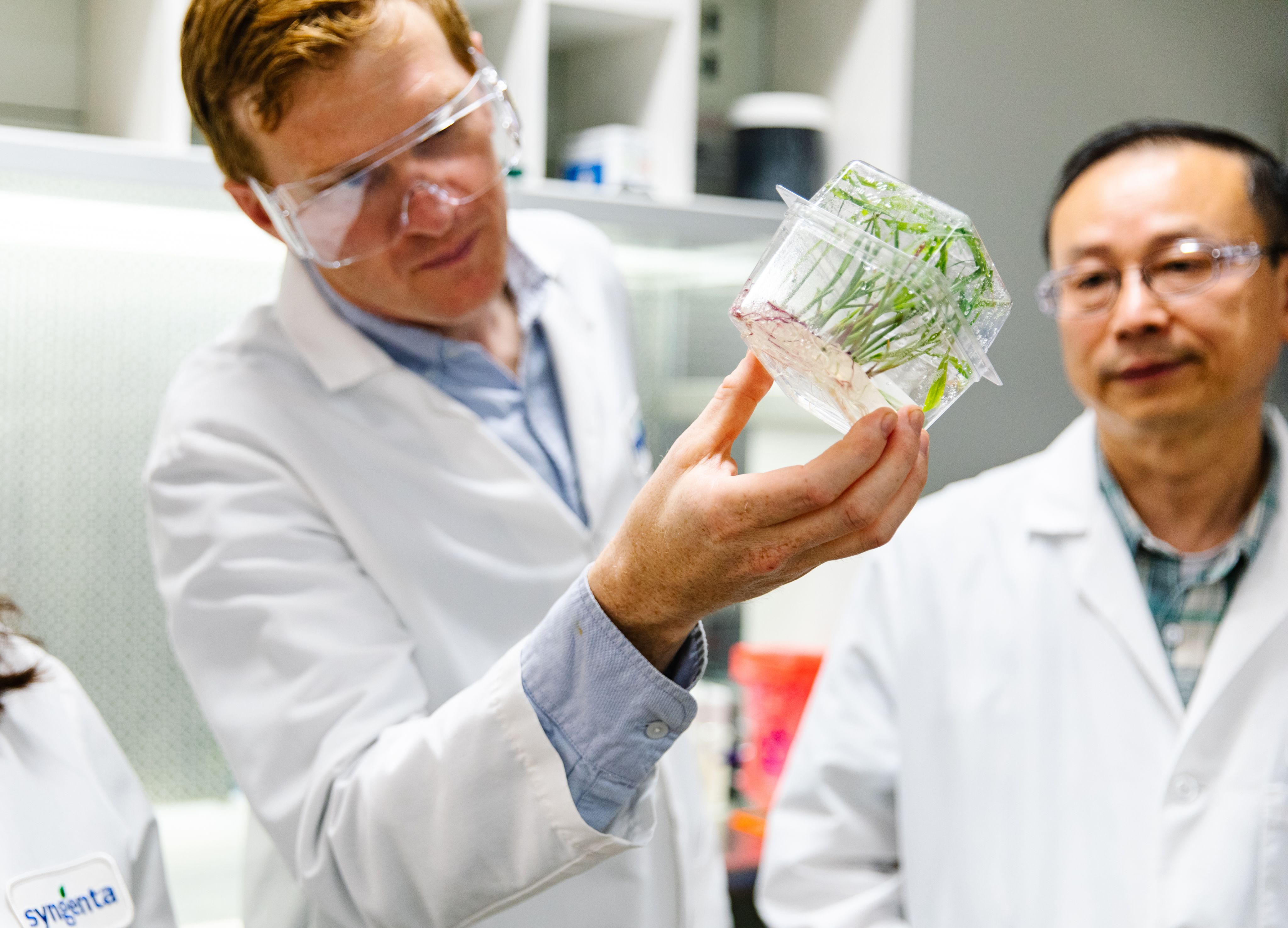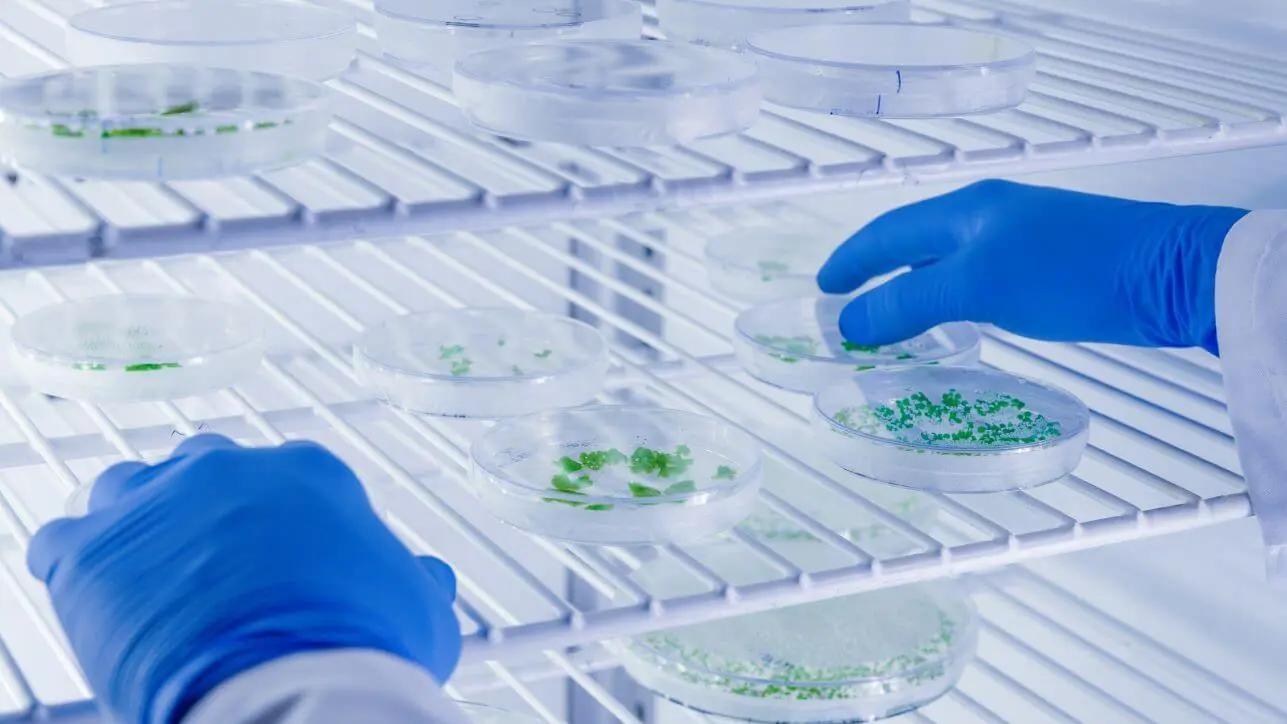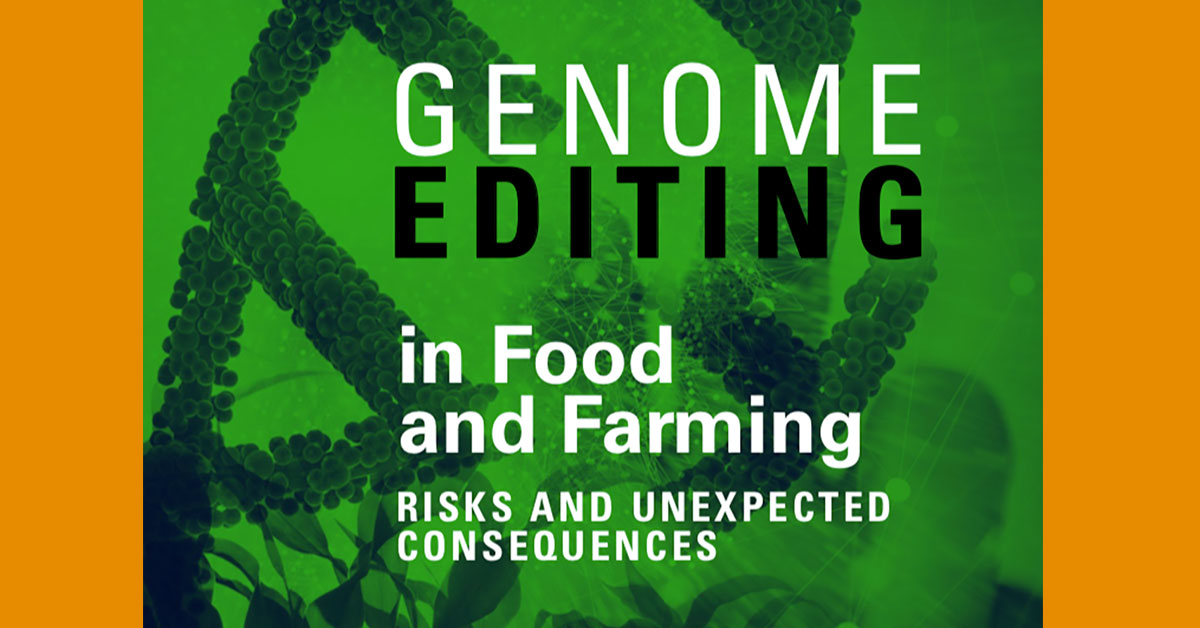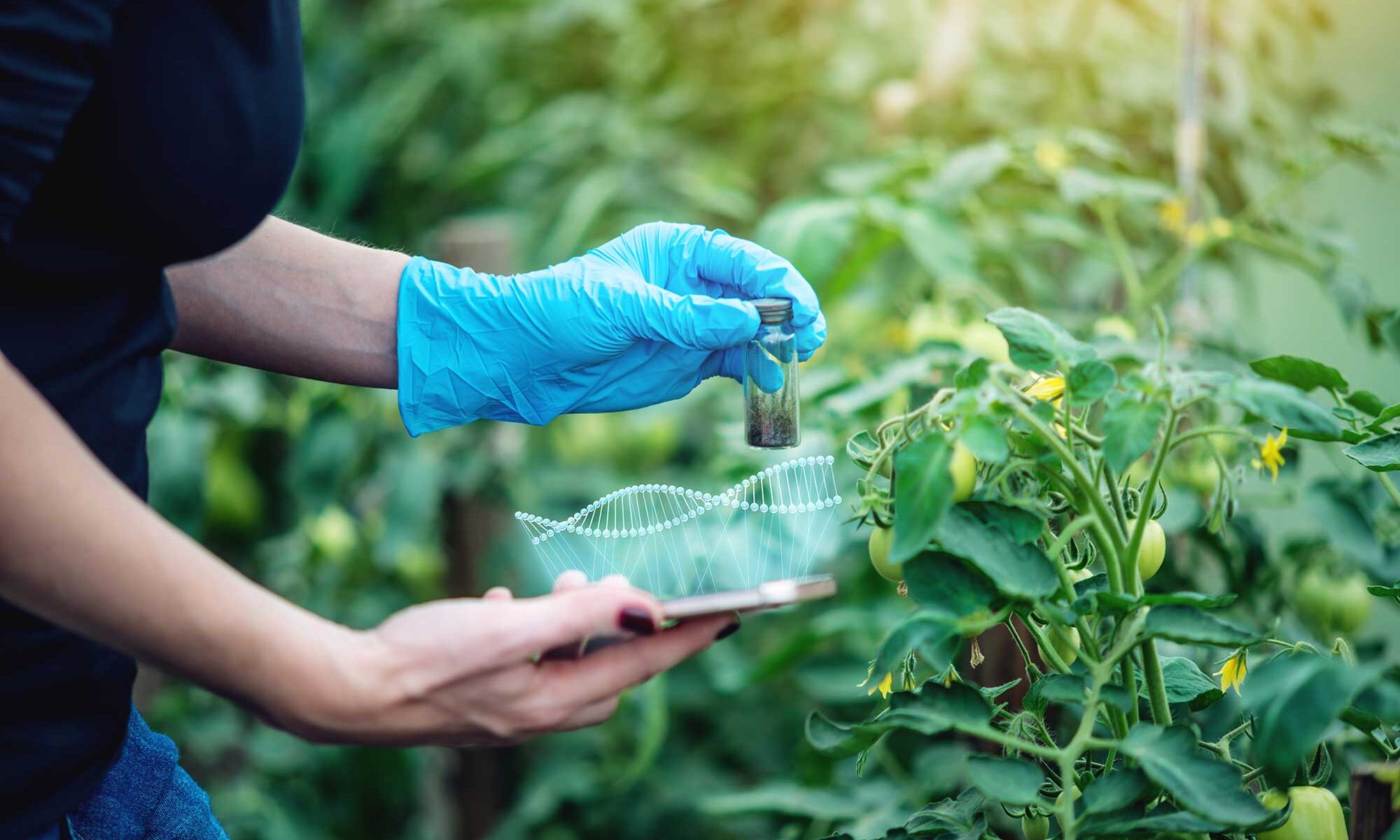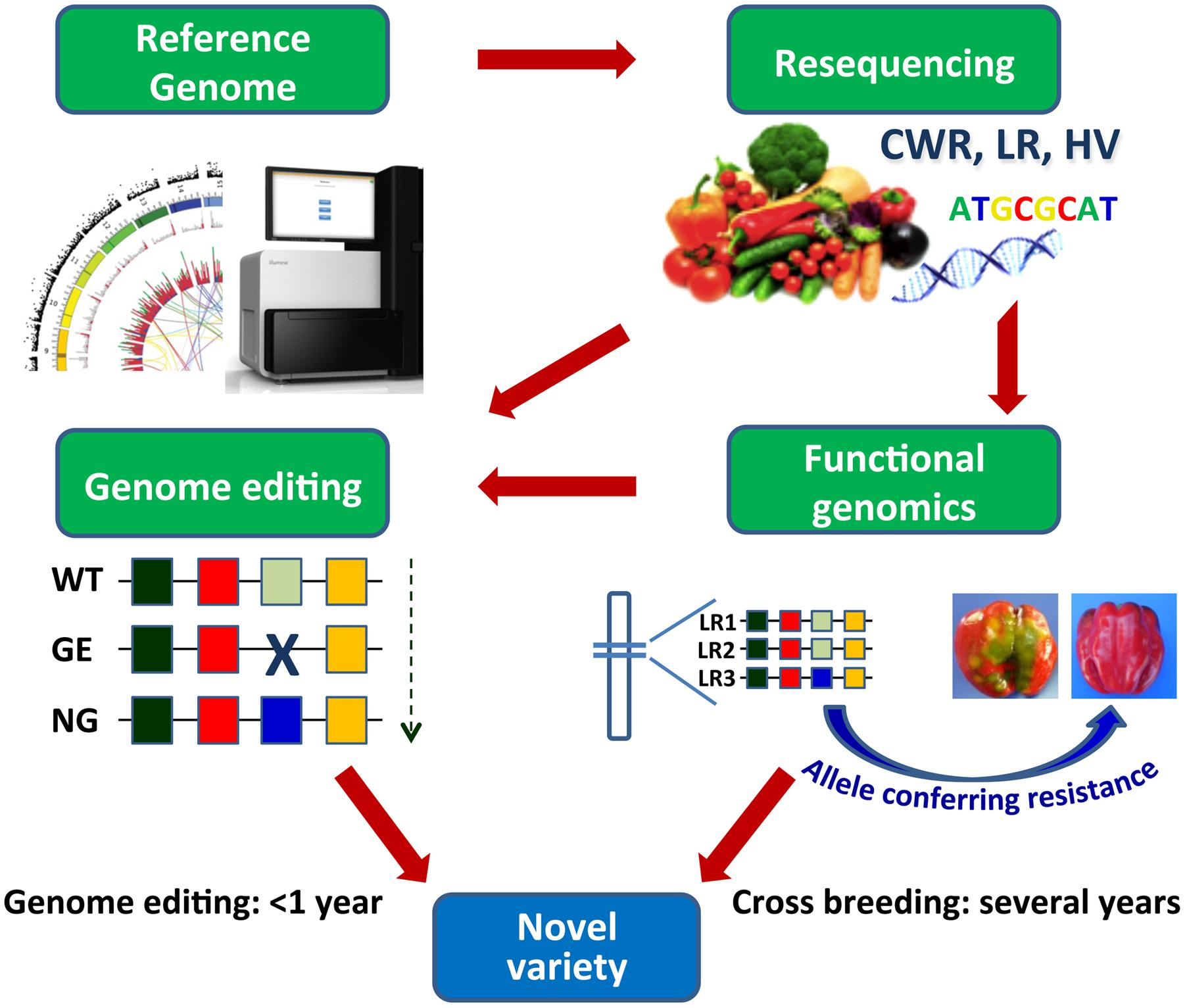Discover Pandipedia
Pandipedia is the world's first encyclopaedia of machine generated content approved by humans. You can contribute by simply searching and clicking/tapping on "Add To Pandipedia" in the answer you like. Learn More
Expand the world's knowledge as you search and help others. Go you!
Eddie Cue is a key executive at Apple who has been involved in negotiations with Google regarding search agreements. He was part of discussions about the Apple Safari agreement in 2016 with Sundar Pichai and attended a meeting with Pichai in 2018 alongside Tim Cook and Peter Stern[2]. Cue has stated that Google was chosen as a search provider because it was perceived to be the best option for customers, although he acknowledged that alternatives like Bing faced significant disadvantages in quality[1][3]. Furthermore, he indicated that there wasn't a valid alternative to Google's services, reinforcing the idea that changing search engines was not considered to be in Apple's best interest[4][3].
Let's look at alternatives:
- Modify the query.
- Start a new thread.
- Remove sources (if manually added).
- Request a manual search from our human research team.
The plight of wildlife populations globally is reaching alarming levels, with various interrelated threats leading to drastic declines in species numbers. Key factors influencing these trends include habitat loss, climate change, overexploitation, pollution, and invasive species.
Habitat Loss

Habitat degradation and loss are identified as the predominant threats that wildlife face today. The World Wide Fund for Nature (WWF) highlights that the significant conversion of natural habitats into agricultural land is primarily driven by the global food system. Between the 1990s and 2020, there was a drastic transformation of forests into agricultural lands, leading to a net loss of approximately 94 million hectares globally during the 1990s alone, with roughly 70% of deforested areas converted for agriculture[4]. This ongoing trend continues to threaten ecosystems across the world, where many species depend on these habitats for survival.
Climate Change

Climate change represents another critical threat to wildlife populations. It affects species in multiple ways, from altering their habitats to impacting their migratory and reproductive patterns. According to Greenpeace, rising temperatures tied to increased greenhouse gas emissions are linked with habitat loss both on land and in the ocean. The Intergovernmental Panel on Climate Change (IPCC) warns that as global temperatures rise, species will struggle to adapt, with 20-30% potentially facing extinction if temperatures rise by just 1.5 to 2.5 degrees Celsius[1][2].
Additionally, the WWF Living Planet Report notes that many species are at risk of not being able to migrate quickly enough to keep pace with changing climatic conditions. Research estimates indicate that species need to move faster than 1,000 meters per year to remain in suitable climate zones, a feat that many cannot achieve[2][7].
Overexploitation
Overexploitation of resources also poses a significant risk to wildlife in various regions. The WWF indicates that unsustainable practices in fishing, logging, and hunting have severely depleted many species, exacerbating their decline. The combination of habitat loss and direct human actions, such as poaching and illegal wildlife trade, has created a precarious situation for numerous animals, contributing to the extinction crisis currently unfolding[5][6].
Pollution

Pollution further compounds these threats, affecting wildlife health directly through contaminated habitats and indirectly by degrading the ecosystems that species rely on. For example, the WWF report emphasizes that pollution has been particularly detrimental in areas like North America and the Asia-Pacific regions, leading to dramatic declines in wildlife numbers[9]. Pollutants not only poison animals but also affect their breeding, feeding, and overall population dynamics, contributing to long-term declines in species abundance.
Invasive Species
The introduction and spread of invasive species, often facilitated by human activities, create new challenges for native wildlife. As the climate changes, many native species struggle to compete with invasive species that can thrive under the new conditions. The WWF has reported that invasive species can significantly disrupt local ecosystems by outcompeting native species for resources, spreading diseases, and altering habitat structures[5][7].
A notable example is the decline of the red squirrel in the UK, which has seen its population dwindle following the introduction of the invasive grey squirrel, which competes for food and carries diseases that are fatal to red squirrels[1].
Conclusion

The cumulative impact of habitat loss, climate change, overexploitation, pollution, and invasive species creates a daunting landscape for wildlife conservation. With wildlife populations declining by an average of 73% over the last 50 years, as reported by WWF, urgent actions are needed to address these issues[5]. Effective conservation strategies must include safeguarding habitats, establishing protected areas, and implementing policies aimed at reducing human impacts on wildlife and ecosystems. The interconnectedness of these threats underlines the importance of a coordinated global response to mitigate the ongoing biodiversity crisis, reaffirming that the next five years are crucial for mounting an effective conservation effort[3][9].
Let's look at alternatives:
- Modify the query.
- Start a new thread.
- Remove sources (if manually added).
- Request a manual search from our human research team.
Get more accurate answers with Super Search, upload files, personalised discovery feed, save searches and contribute to the PandiPedia.
Kevin Murphy's current job title is: “Professor Emeritus at the University of Chicago'.
The text also mentions that he currently teaches there.
Let's look at alternatives:
- Modify the query.
- Start a new thread.
- Remove sources (if manually added).
- Request a manual search from our human research team.
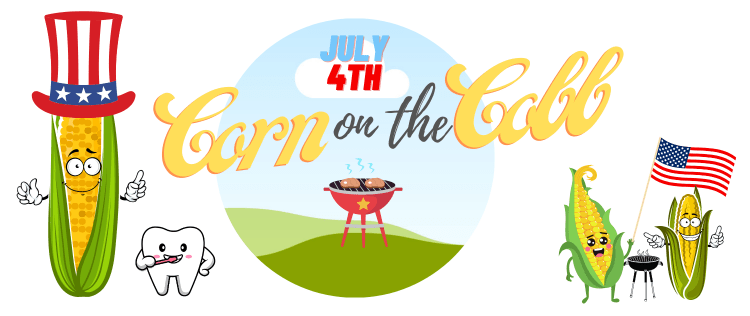
Eating corn on the cob can be good for your teeth when consumed with care. The fiber in corn helps promote saliva production, which aids in washing away food debris and neutralizing acids that can cause tooth decay. It's a crunchy food that, when chewed, assists in cleaning teeth naturally, similar to how other fibrous foods like apples and carrots help reduce plaque build-up[1].
However, corn can easily get stuck between teeth, which may lead to cavities if not properly cleaned after eating. To mitigate this risk, it’s recommended to brush and floss after consumption[2][3]. Overall, enjoying corn on the cob can support dental health if proper oral hygiene practices are observed.
Let's look at alternatives:
- Modify the query.
- Start a new thread.
- Remove sources (if manually added).
- Request a manual search from our human research team.
Let's look at alternatives:
- Modify the query.
- Start a new thread.
- Remove sources (if manually added).
- Request a manual search from our human research team.
:max_bytes(150000):strip_icc()/GettyImages-1281577448-10051ada7d174f3faad83625c57099ea.jpg)
Self-care is essential because it promotes overall physical, mental, and emotional well-being. It allows individuals to take proactive steps to manage stress, improve health, and enhance quality of life. Regular self-care practices, such as exercise, healthy eating, and relaxation techniques, can lead to better health outcomes and increased resilience against anxiety and depression[1][5].
Moreover, self-care helps maintain healthy relationships and prevent chronic conditions by boosting self-esteem and fostering a sense of belonging[1][2]. Establishing a self-care routine tailored to personal needs is crucial for coping with life's challenges and achieving balance[3][5].
Let's look at alternatives:
- Modify the query.
- Start a new thread.
- Remove sources (if manually added).
- Request a manual search from our human research team.
Get more accurate answers with Super Search, upload files, personalised discovery feed, save searches and contribute to the PandiPedia.
Let's look at alternatives:
- Modify the query.
- Start a new thread.
- Remove sources (if manually added).
- Request a manual search from our human research team.
Introduction and Overview
Gene editing is transforming agricultural systems by providing precise tools to modify plant and animal genomes for enhanced productivity and sustainability. Unlike traditional genetic modification, gene editing targets an organism's own genetic material without inserting foreign DNA, leading to crops and livestock that can better withstand environmental challenges. This technology, particularly CRISPR-Cas9, is recognized for its rapid, cost-effective, and precise approach, and is positioned as a revolutionary method to address the urgent global challenge of food security[1][4][11].
Enhancing Crop Resilience and Nutritional Quality
One of the key promises of gene editing is its ability to produce crops that are more resilient to adverse climatic conditions such as drought, floods, and high soil salinity. For instance, gene editing has been used to develop drought-resistant varieties of rice and wheat by targeting genes responsible for water regulation, thereby offering a faster alternative to traditional breeding methods[1][6]. Moreover, gene editing can enable the biofortification of staple crops. An example is the ‘Golden Rice’ project, which enhances beta-carotene production—a vitamin A precursor—to combat malnutrition and deficiency-related diseases. This approach not only improves the nutritional profiles of crops but also offers an efficient pathway to mitigate hunger in vulnerable regions[2][9].
Improving Agricultural Productivity and Sustainability
Beyond enhancing resilience, gene editing has the potential to fundamentally increase yield and efficiency in agricultural production. By editing specific genes related to plant growth and stress responses, scientists have achieved significant improvements in yield and quality. For example, CRISPR has been applied to improve rice yield through multiple gene modifications that influence growth, enabling higher food production with fewer resources[3][11]. Furthermore, gene editing contributes to sustainable agricultural practices by reducing the dependency on chemical inputs such as pesticides and fertilizers. Crops that are naturally resistant to pests or have improved nutrient uptake help lower the environmental impact of farming, thereby advancing sustainability and lowering production costs[1][8].
Addressing Climate Change and Environmental Challenges
Climate change is exerting unprecedented pressure on global food systems by increasing the frequency of extreme weather events and altering pest and disease dynamics. Gene editing offers a promising solution by enabling the development of climate-resilient crops. Edited crops can be engineered to thrive under extreme temperatures, reduced water availability, and high salinity conditions. Researchers have successfully used CRISPR-based techniques to confer tolerance to abiotic stresses, consequently mitigating yield losses caused by droughts and soil degradation[6][7]. In addition, some gene editing strategies enhance the efficiency of crops in capturing carbon and using nutrients, which supports the environmental sustainability agenda and helps reduce the agricultural sector’s ecological footprint[10][11].
Innovations in Livestock and Broader Food Systems
Gene editing is not limited to crop improvement. It is also revolutionizing livestock breeding by enabling scientists to produce animals that are more resistant to diseases and stress. For example, gene-edited pigs have been developed with resistance to viral infections that traditionally cause significant economic losses in animal husbandry. These advancements contribute to safer, more reliable animal production systems, and bolster food security by ensuring a consistent supply of protein-rich animal products[5][11]. Alongside these developments, integrating digital technologies with gene editing is creating a data-driven environment where precise monitoring and management complement genetic improvements, paving the way for a modern, efficient, and sustainable food system[7].
Regulatory and Ethical Considerations
While the benefits of gene editing for food security are substantial, its implementation must be accompanied by robust regulatory frameworks to ensure safety and public acceptance. Unlike traditional GMOs that involve the insertion of foreign DNA, gene-edited organisms often mirror changes that could occur naturally, which may simplify regulatory hurdles. Nevertheless, concerns about off-target effects and the long-term impact on biodiversity continue to be part of the discourse. Authorities in various regions are working on process- or product-based regulatory models to balance innovation with risk management. Precise monitoring and transparent public engagement are critical to earning the social license required for widespread adoption of these technologies[5][8][12].
Conclusion
Gene editing holds transformative potential in revolutionizing global food security by addressing multiple challenges at once. It offers rapid solutions to develop crops with enhanced nutritional value, improved resilience to climate change, and reduced reliance on chemical inputs. Furthermore, the technology extends to improving livestock breeds, thereby ensuring a stable and diverse food supply. As the scientific community continues to refine these tools, it is crucial that supportive regulatory mechanisms and ethical practices are established to guarantee that the benefits of gene editing are shared equitably and sustainably across different regions and communities[1][2][10].
Let's look at alternatives:
- Modify the query.
- Start a new thread.
- Remove sources (if manually added).
- Request a manual search from our human research team.

Team sports involve groups of players working together to achieve a shared goal, emphasizing collaboration, communication, and problem-solving[2][3]. Success relies on the team’s collective efforts, where each player has specific roles, fostering social connections and building camaraderie[4][5]. Conversely, individual sports focus on personal performance, where athletes are solely responsible for their outcomes, promoting self-discipline and personal accountability[1][4]. In these sports, motivation and achievements stem from personal goals, which can lead to intense self-reliance but also feelings of isolation when facing challenges alone[6].
Let's look at alternatives:
- Modify the query.
- Start a new thread.
- Remove sources (if manually added).
- Request a manual search from our human research team.

Journaling daily offers a range of benefits, including improved mental and emotional well-being. It serves as a tool for stress relief, enabling individuals to process emotions, manage anxiety, and reflect on experiences. Research has shown that expressive journaling can significantly reduce symptoms of anxiety and depression, contributing to overall emotional resilience and self-awareness[1][3][6].
Additionally, journaling helps identify patterns in thoughts and feelings, facilitating personal growth by allowing individuals to learn from mistakes and regain control over their responses. It can also enhance creativity and motivation, as writing down goals and reflections helps maintain focus and track progress[2][5].
Let's look at alternatives:
- Modify the query.
- Start a new thread.
- Remove sources (if manually added).
- Request a manual search from our human research team.
